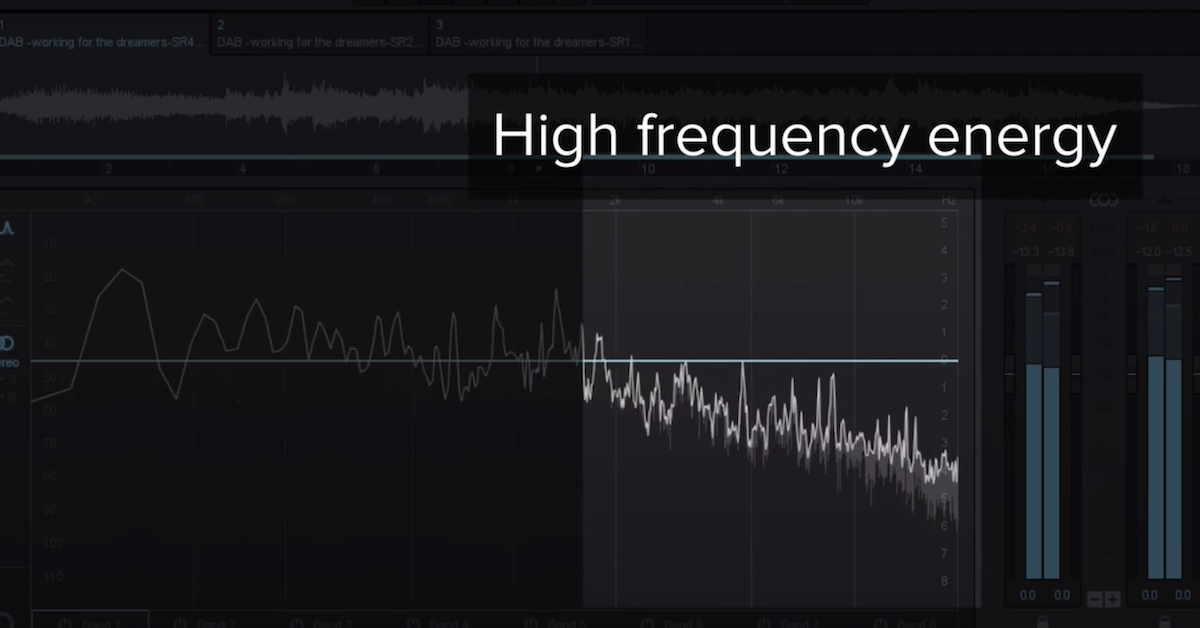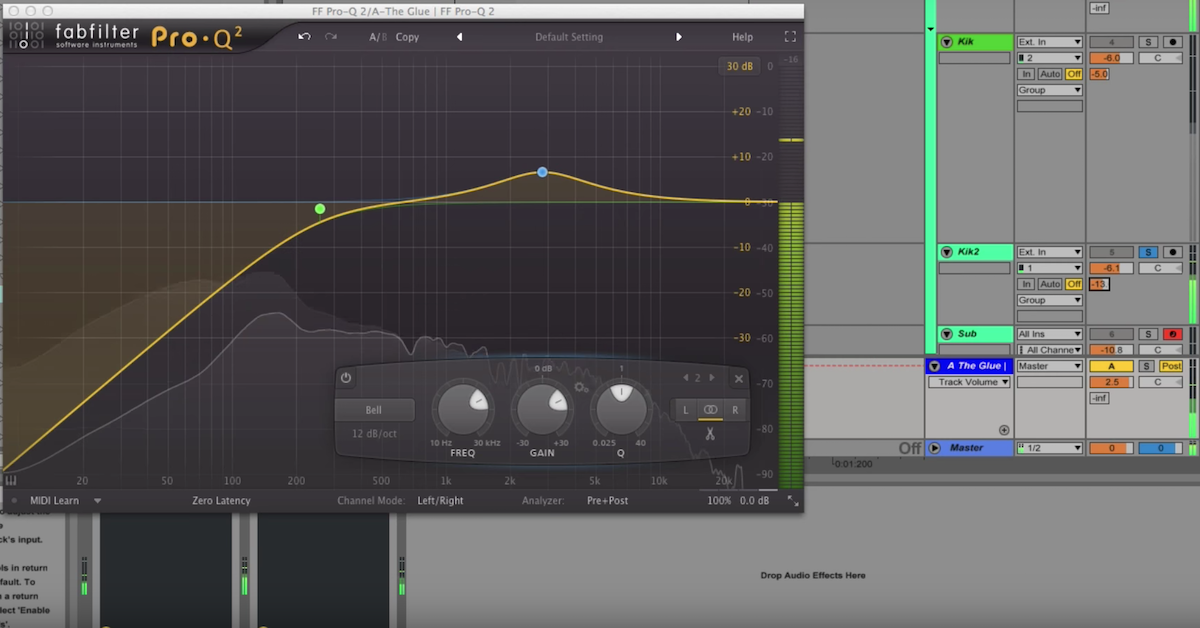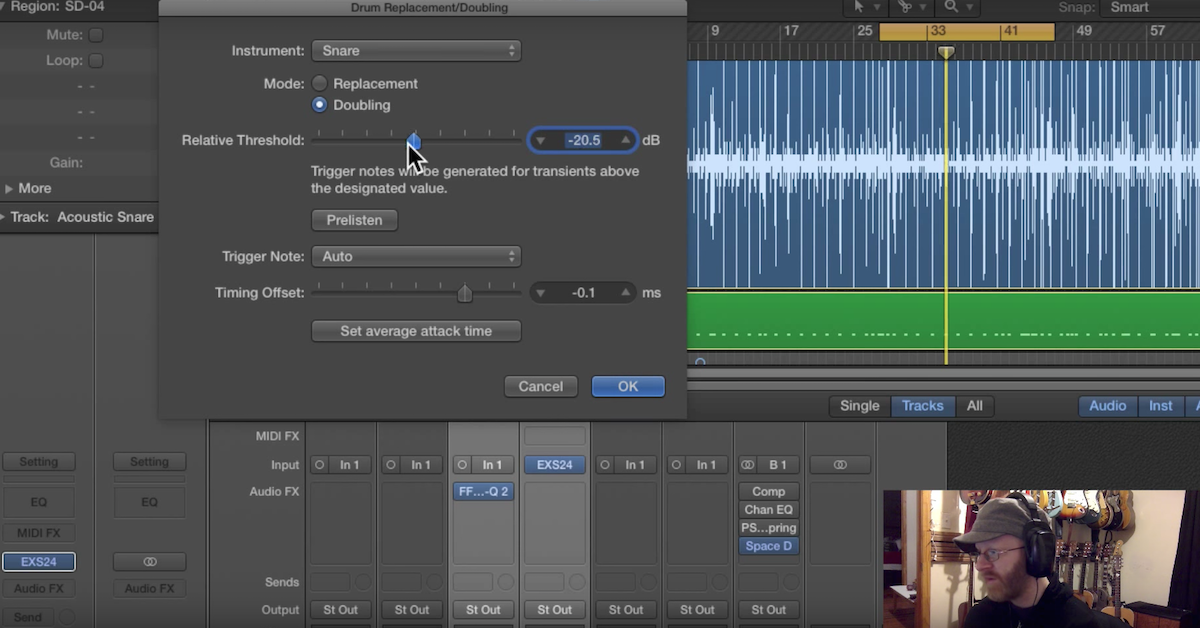Tips for Mixing Sample-Based Hip-Hop
Article Content
One of the most controversial and quintessential roots of Hip-Hop production is sampling. The art of taking a record that existed in one context and transforming it into another context has been part of Hip-Hop production since day one, and it’s still a fairly common practice today.
In our new Mixing Hip-Hop Beats tutorial, we chose not to use a sample-based track. Mixing sample-based Hip-Hop completely depends on the samples themselves; using one sample based record would not adequately exemplify how to approach other sample based records.
This article will cover a number of common mixing situations one runs into when mixing with samples. The article is best read as an augmentation of the video tutorial, but will provide a lot of great information on its own as well.
Loops vs Chops
Samples basically fall into two categories: loops and chops.
Loops are generally either snippets of complete records (think almost any record Puff Daddy produced in the 90s), or breaks (sections where the record is momentarily incomplete).
In the former you are working with a full arrangement. In the latter you have given space in the arrangement where other elements can be placed.
Chops are momentary slices of a record that can be cut, pasted, tweaked and rearranged. Sometimes chops are re-arranged into brand new loops that again can be complete arrangements or open for additional production.
Arrangement
Because you are dealing with a very unique set of potential arrangements, the mix starts from a different place. Rather than thinking about mixing what’s there, you almost have to think about mixing what isn’t. Let me explain.
If you have a sample loop, a kick, a snare, and a hat — what you don’t have is a bass, other melodic elements, or other percussion. All of that other stuff needs to be derived from the sample. In that example arrangement I often find myself very carefully EQ’ing the sample to bring out the bass line as much as possible. Even if it muddies the sample a little it’s usually ok — Hip-Hop isn’t always about being polished.
If there’s a key element in the sample, like an awesome flute riff, I’ll be looking to bring that out as well. There’s a good chance it’s what attracted the producer to the sample to begin with.
I generally avoid dynamic processing with samples unless I’m going for something specific. EQ is usually my weapon of choice.
Just to make things a little trickier, sometimes you get a sample that doesn’t provide enough elements to fill out the arrangement.
The sample may not have a bass, for example. Here, the best solution could be making the kick drum absolutely enormous and filling out the whole of the low end with just the kick (think “Potion” by Ludacris, produced by Timbaland).
Or … if you’re like me … you might even pull out your trusty bass guitar and lay in a bass line and hope the producer likes it.
Drums
The other side of this type of arrangement is the drums. If you’re the producer, drum selection should be a top priority. It’s Hip-Hop — drums are of the utmost importance, not just for the success of the record but also in defining your production sound.
When I get a Hip-Hop production to mix, particularly from a sample-head, I’m looking to change the drums as little as possible.
Not to say that I haven’t reinvented my fair share of drums, or even straight up replaced them, but that’s not my main objective. My main objective is to respect the drums.
The only processing I’m expecting to do is making sure the drums sound right when played against the chosen sample.
Matching the Space
For example, if the sample sounds like it was recorded to a 15 inches per second tape machine with a live band going straight through a console, and the drums are coming from a drum machine, synth, or stock DAW drum samples, chances are the context won’t make sense.
In my mind I’m thinking “ok, what can I do to make these drums sound like they relate to the sample, but still stick out and hit hard?” This might require processing to the sample, or processing to the drums, or both. And generally requires some experimentation.
Often times “matching the space” is key. This isn’t easy, it takes a really adept ear. But if you can train yourself to listen to the ambience in the sample and recreate that ambience around the drums, you’re good money.
On the other side of the spectrum a producer may work a sample into a more complex arrangement.
Bass synth, drums, lead synth, guitars, percussion, and a sample, or even multiple samples. Here it’s about making everything as cohesive as possible and really whittling the sample down to the key parts.
So while in a sparser arrangement I might be pushing the bass up in the sample, in this kind of arrangement I may be attenuating or even high passing the bass out of the sample.
Multiple Overlapping Samples
One of the trickiest situations is when the record is actually composed of multiple samples that overlap. A drum break, a melodic sample, maybe a percussion loop time-stretched and manipulated to work together form the core sound of the record. This is a particularly difficult style to produce as it often requires a lot of micro chops and precise pitching to get the groove and tuning just right. Sometimes it works better when things are actually slightly off.
From the engineering side of things, I think this is one place where really being a fan of Hip-Hop is important. Deciding if things need to be really tight and together, or actually work better a little off and funky, is a difficult call and I feel requires in-depth appreciation for Hip-Hop.
From there, the mixing isn’t easy either. The key to making this style work is getting the samples that are usually taken from completely different genres, playback sources, eras, to sound like they belong together. Unfortunately there’s too many variables for me to provide a simple solution for this type of situation, but suffice to say that EQ is your best friend here.
Conclusion
Basically the key to mixing sample based production is understanding the arrangement of the record.
If your arrangement is sparse, use the sample to fill up space. If the arrangement is dense, just get down to the core of what the sample brings to the table.
Keep the drums strong, vocals present, and low end heavy, and you’ll get the quintessential head-nod of approval.






